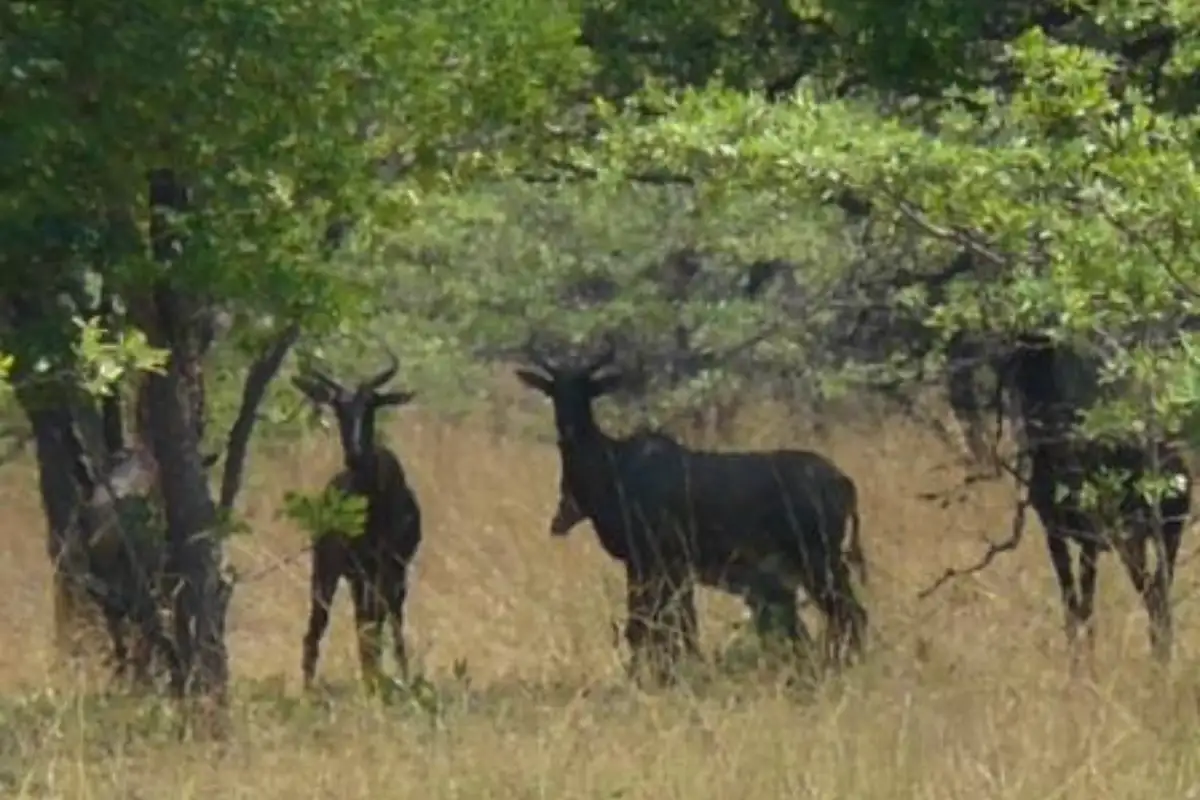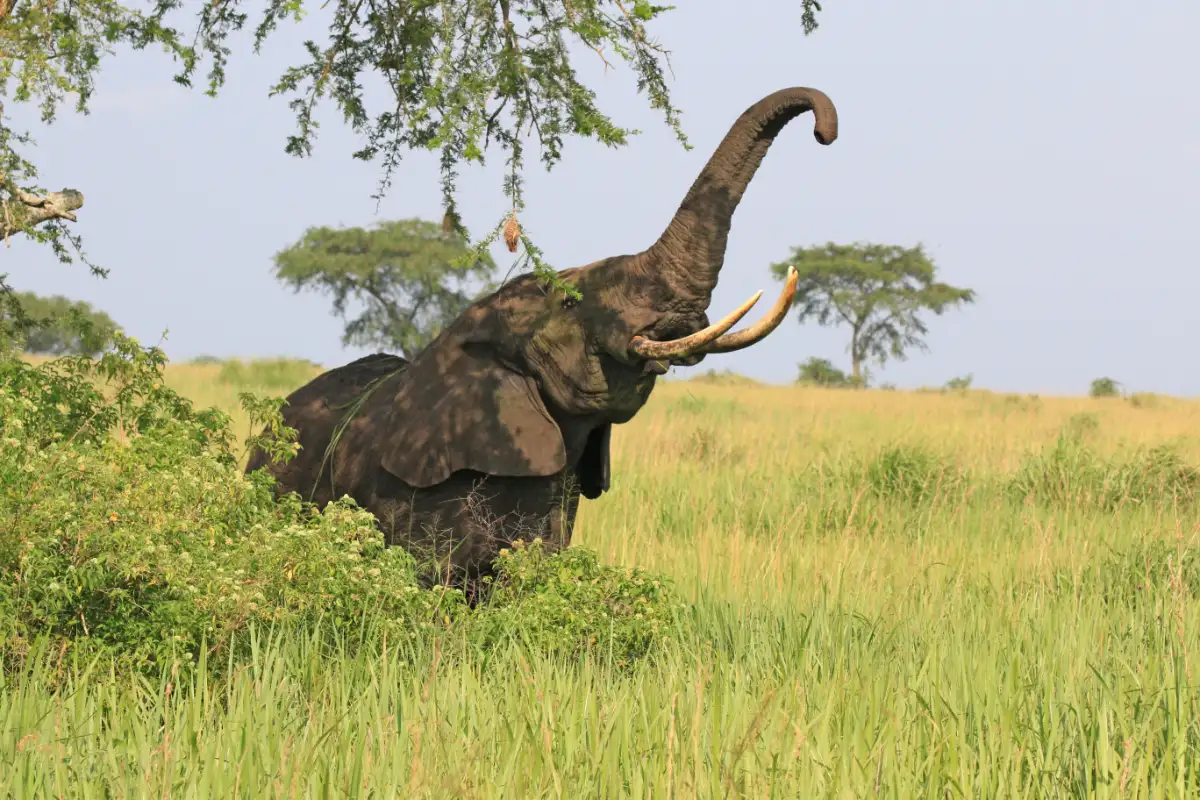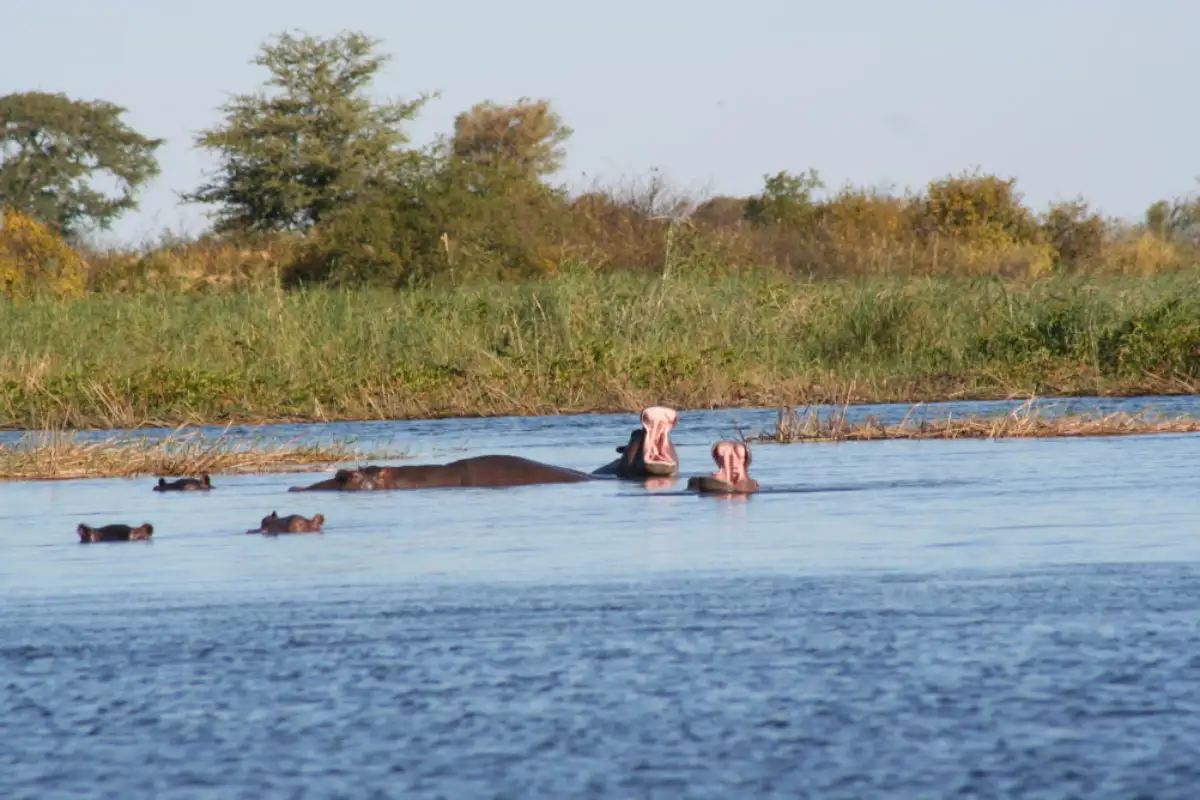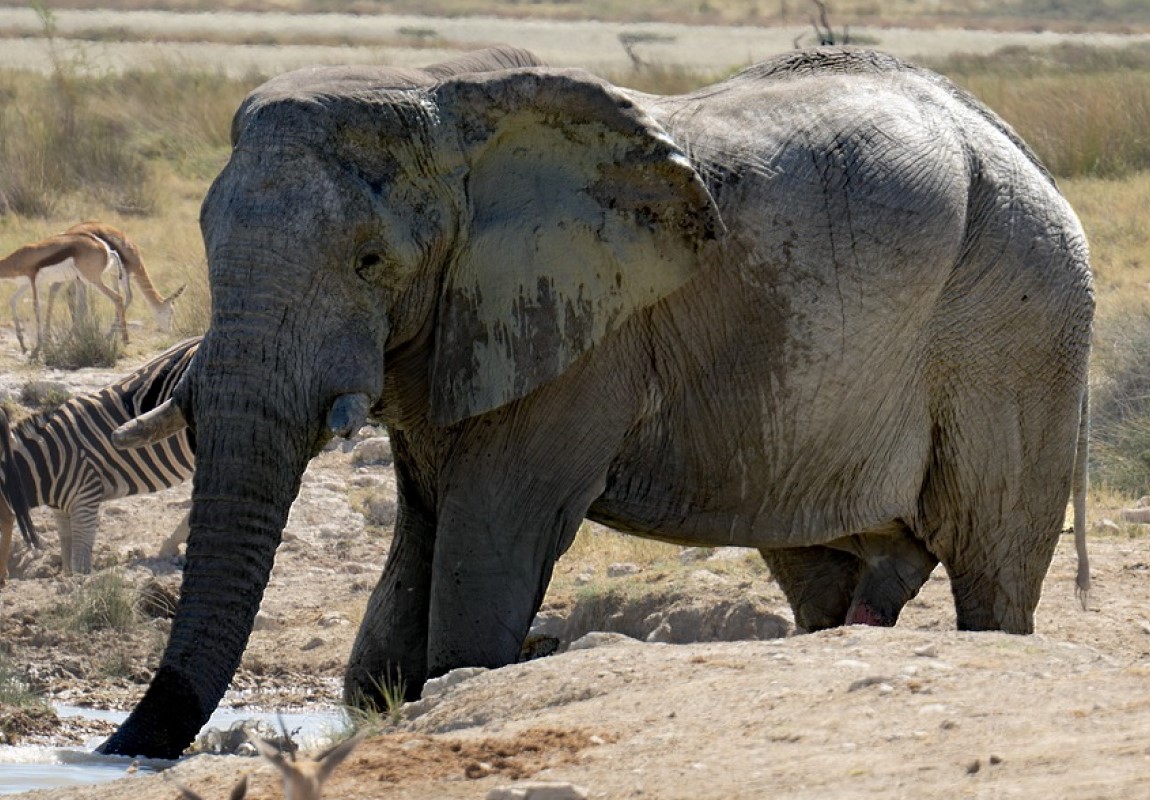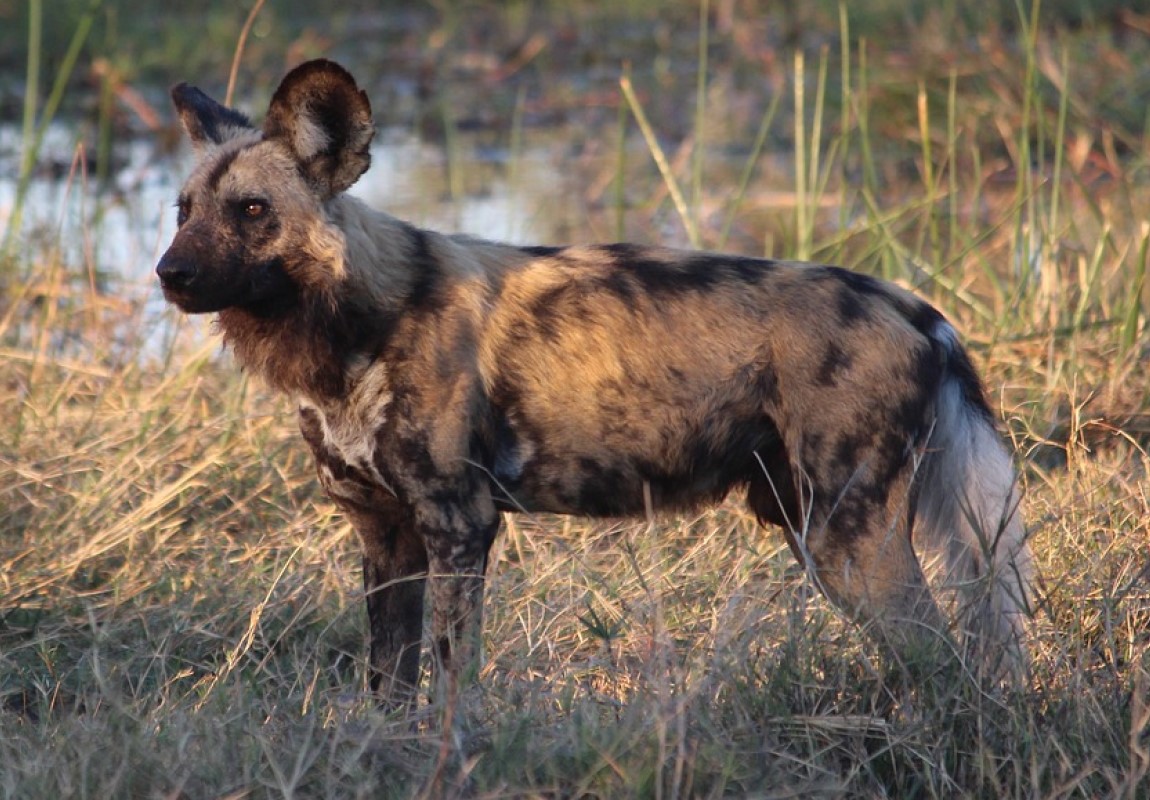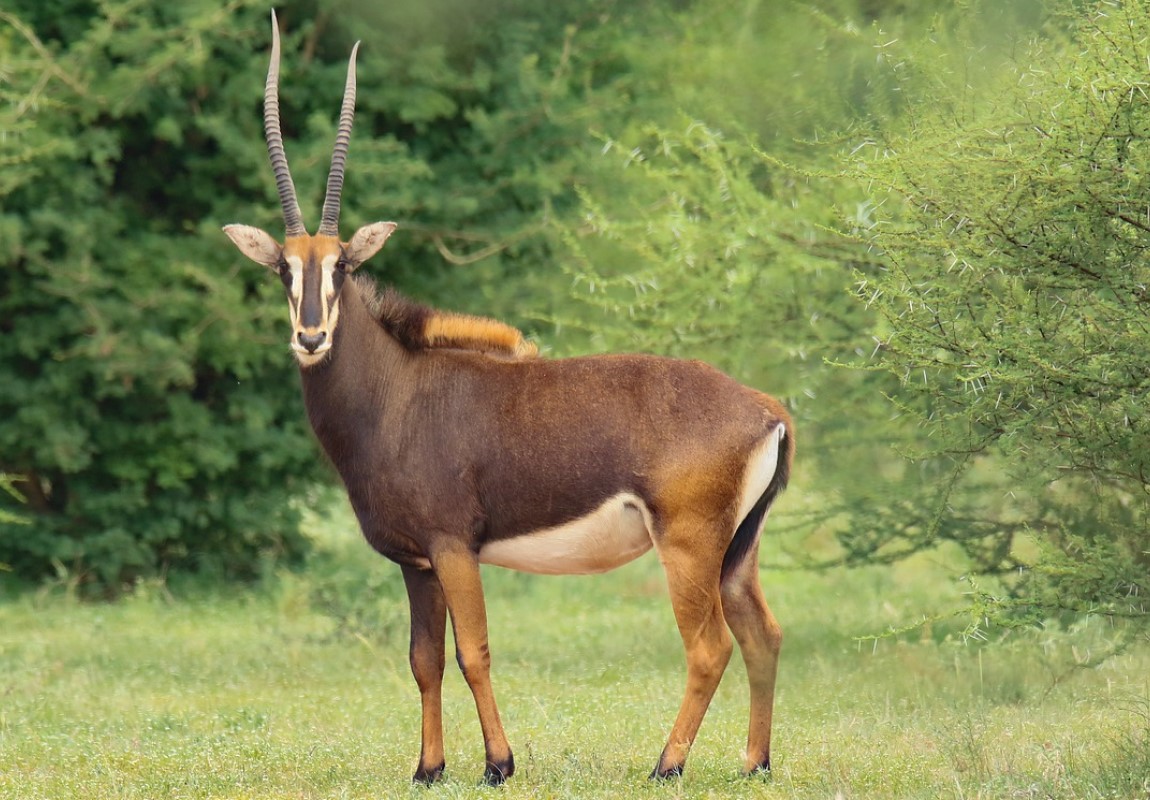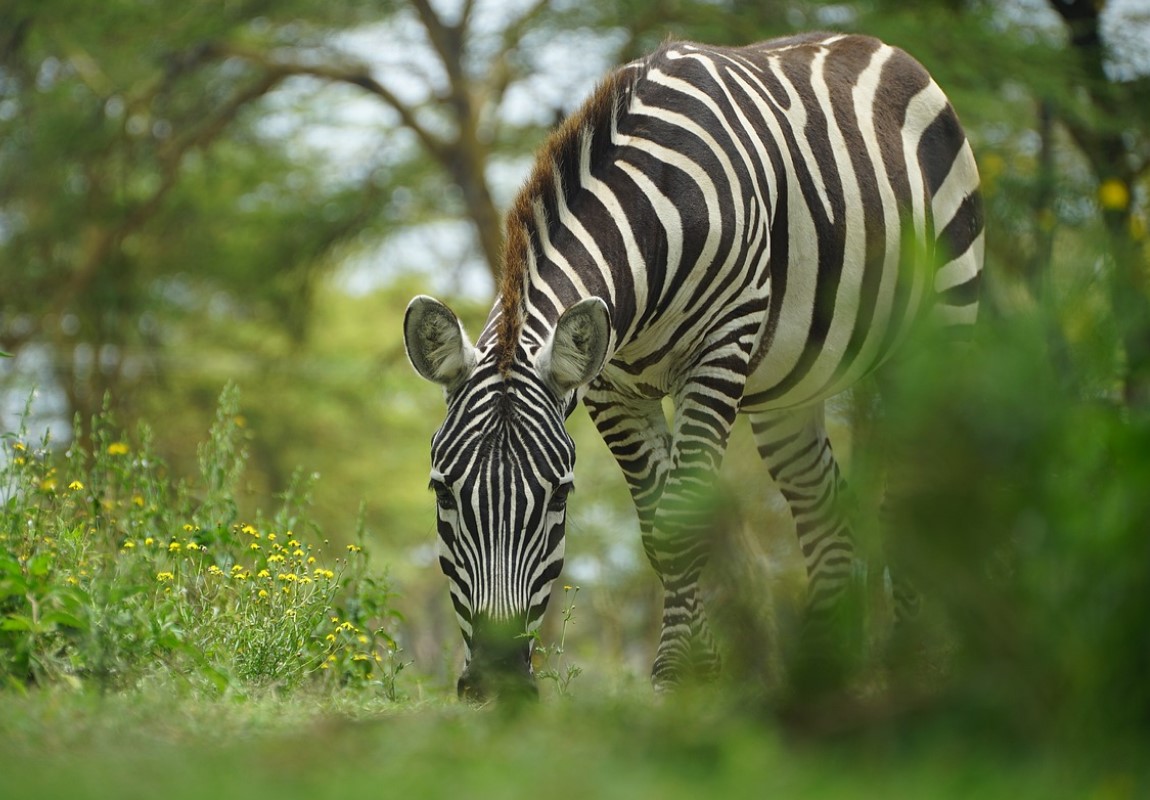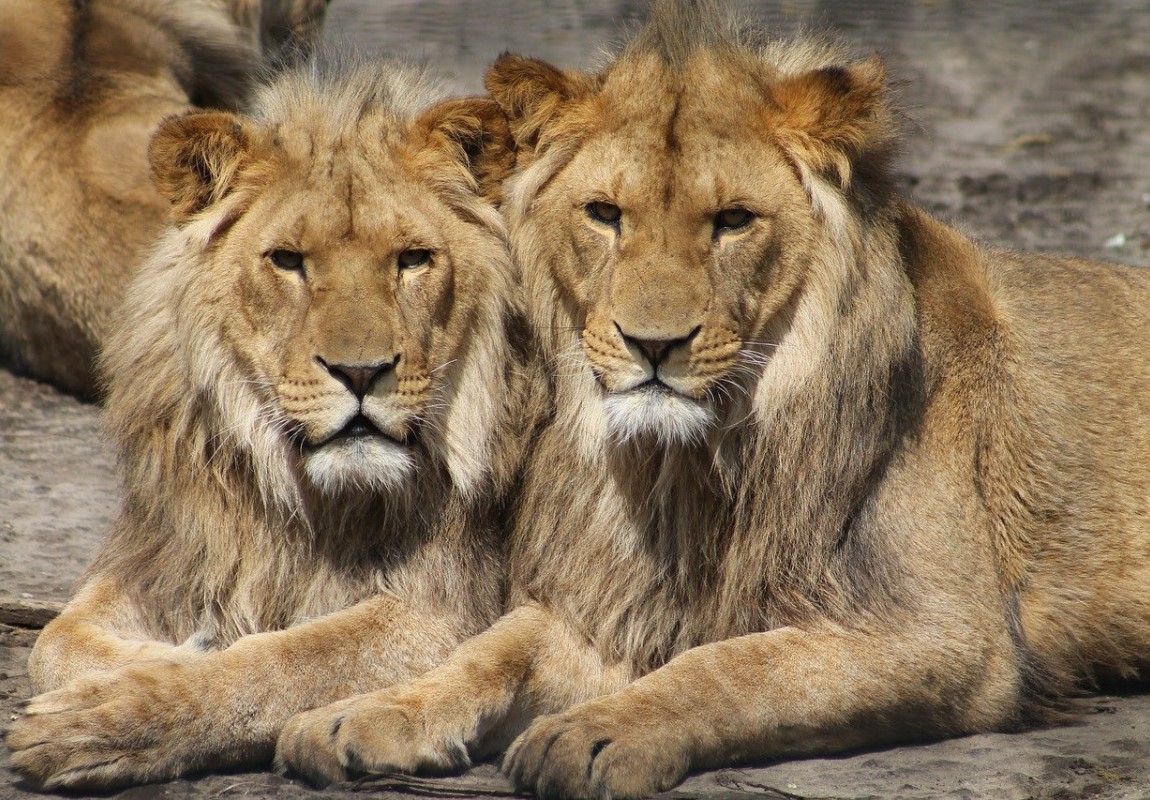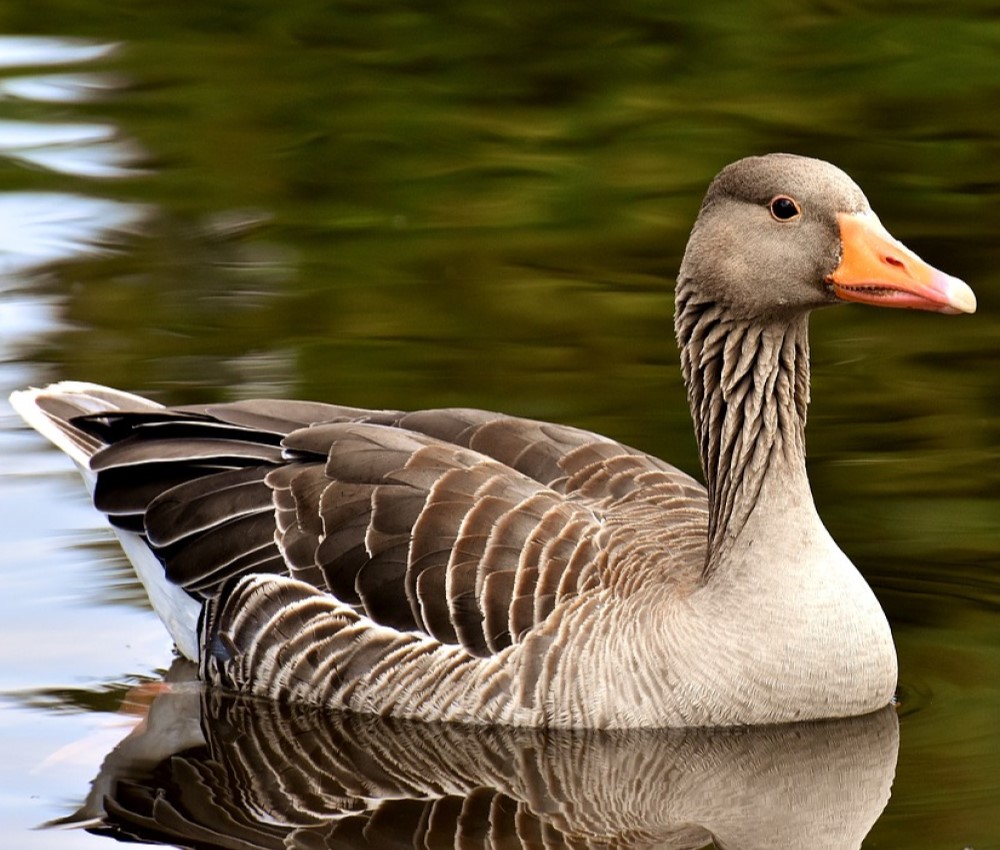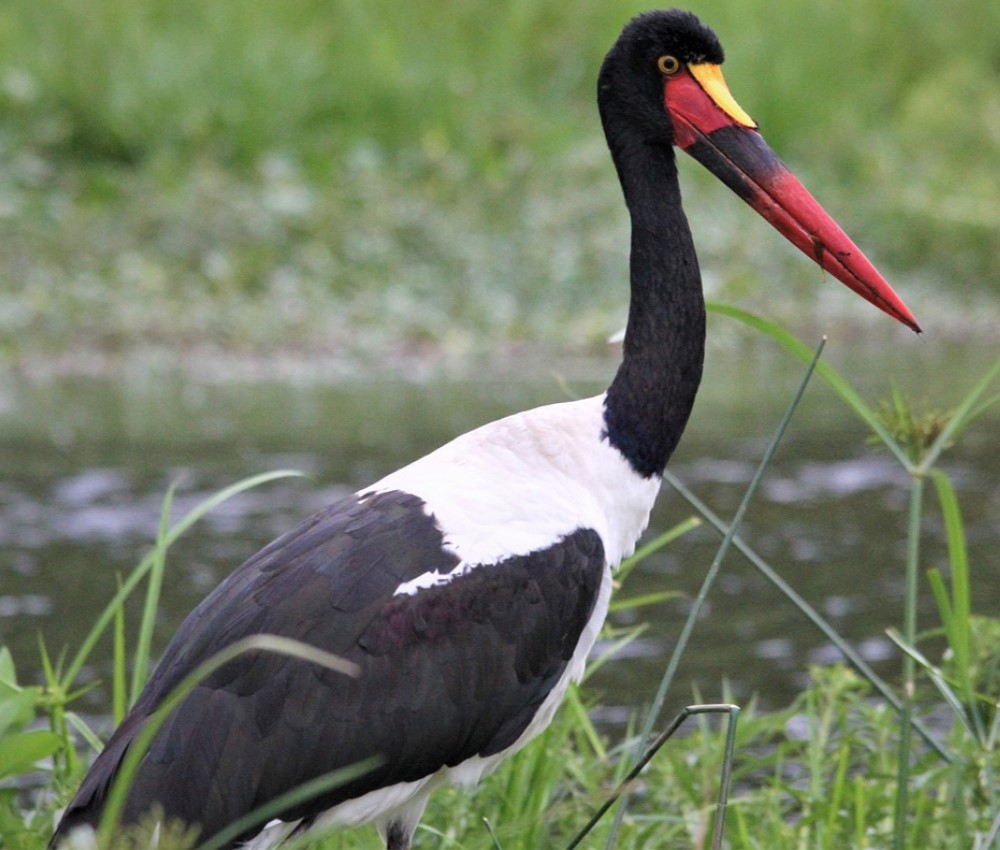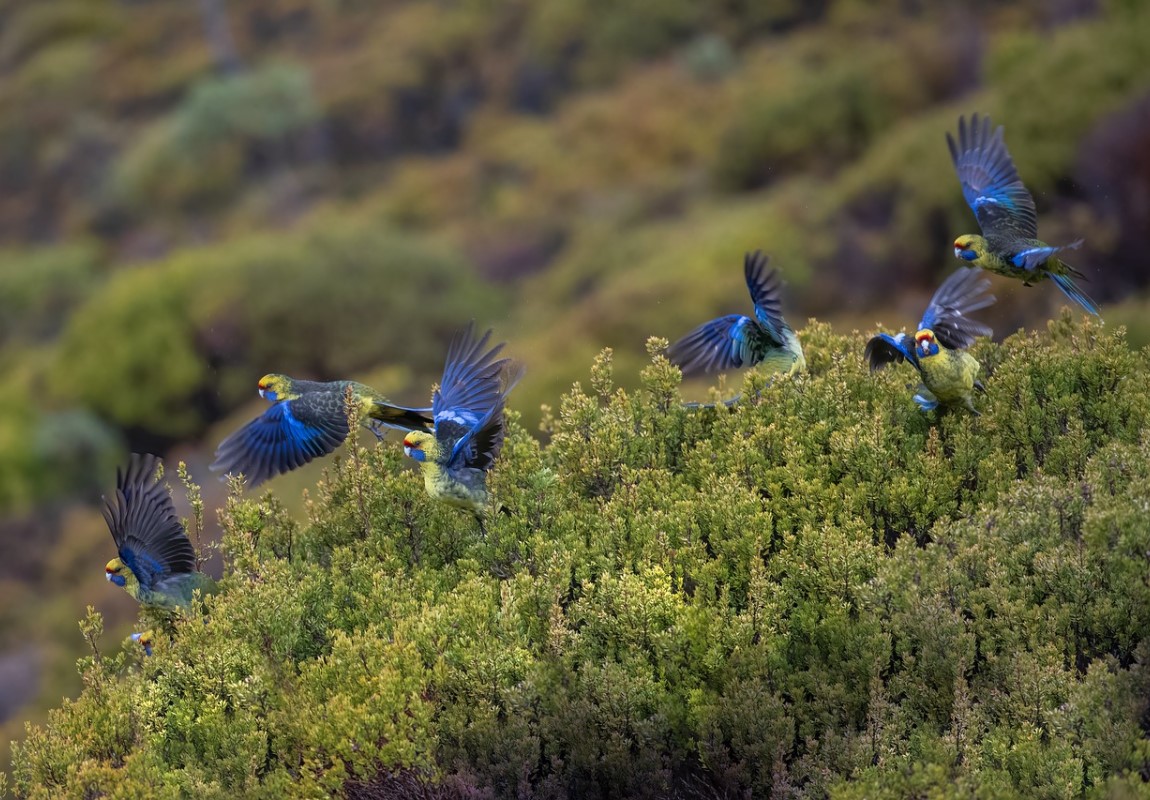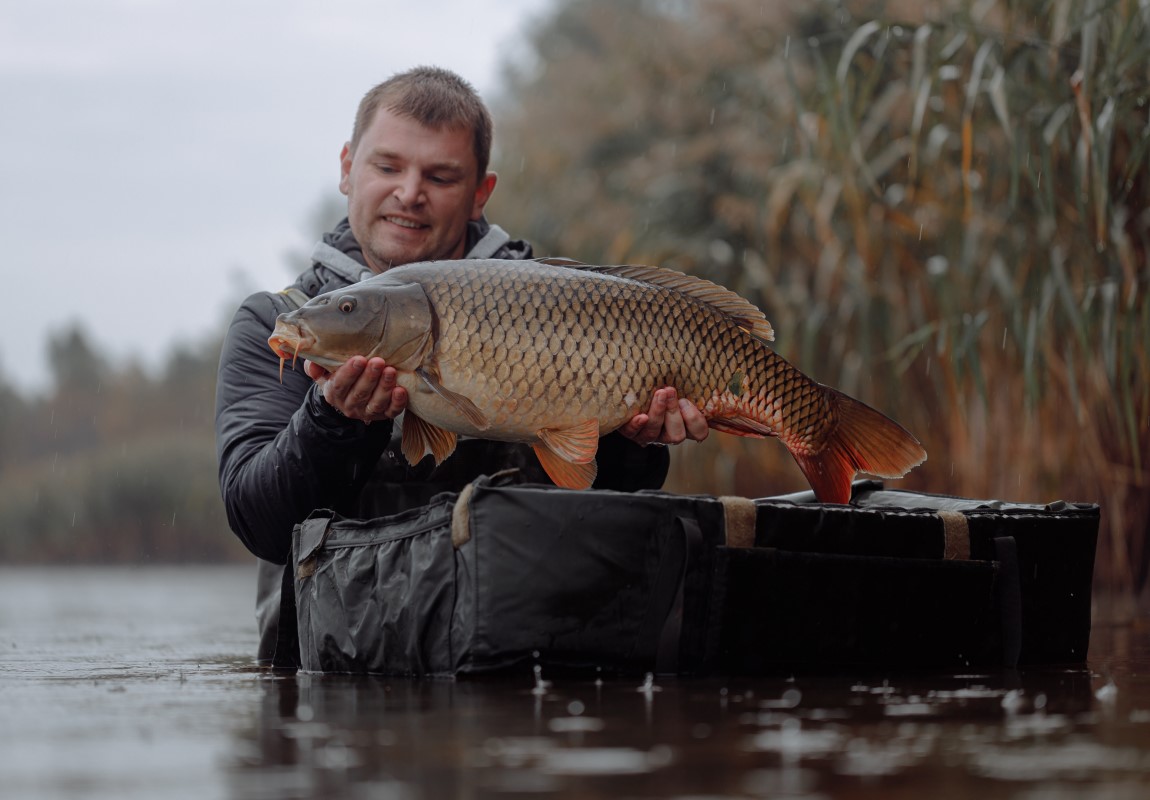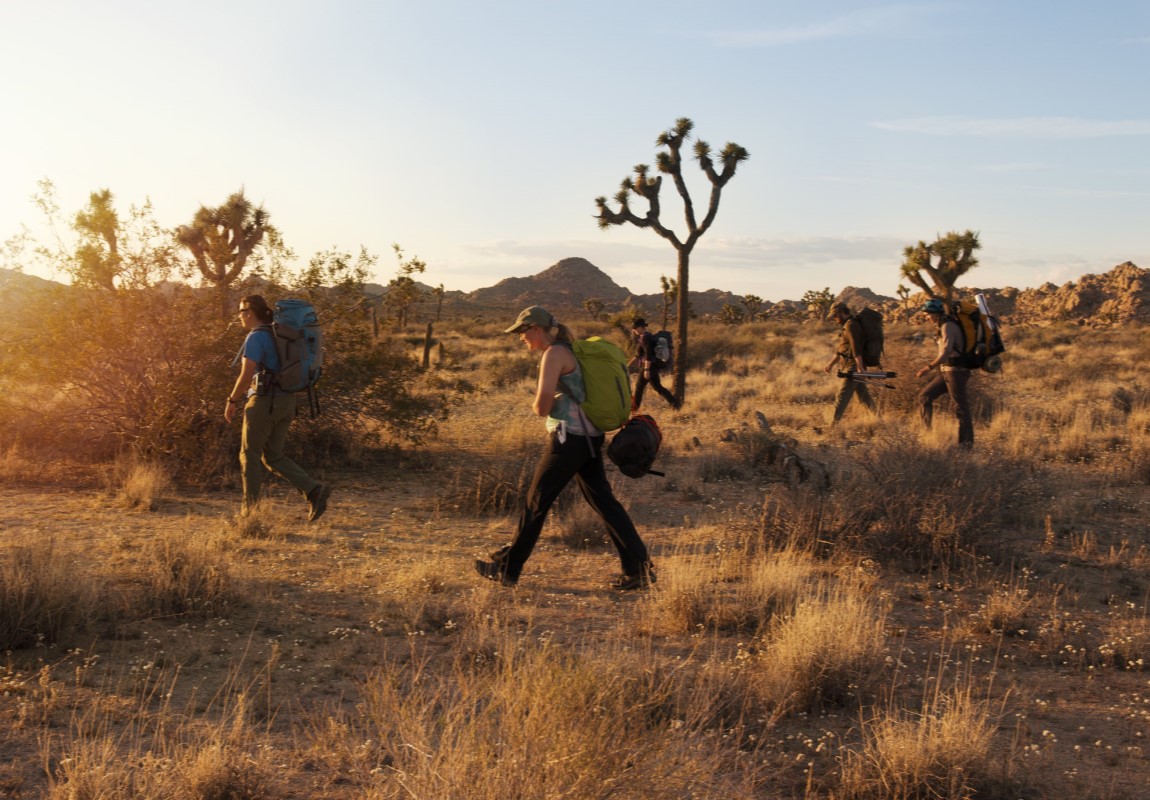Sioma Ngwezi National Park 
Sioma Ngwezi National Park - Zambia Wildlife Destination
Starting from
$500PP
Overview
Sioma Ngwezi National Park is mainly covered by Kalahari woodland. The Park has been heavily poached, but the situation is improving and wildlife is recovering. As an example elephants are returning to the Park, seen at the southeast border where elephants have re-established an old migration route, now very visible with several tracks in a corridor extending over more than one kilometre.
Pros & Cons
- Very close to Victoria Falls and Livingstone
- Nearby attractions include Siomo Falls and the Zambezi River
- Many lodges are set up for fishing on the Zambezi
- Overnight camping trips offered by nearby Mutemwa Lodge
- Off-the-beaten-track destination
- Limited wilderness appeal
- Limited water sources as a result animals tend to move out during the dry season
- Only one simple bushcamp in the park
Map in Zambia

Want to Visit Sioma Ngwezi National Park?
Gallery Images
Explore the stunning beauty of Sioma Ngwezi National Park through our curated collection of photographs showcasing its landscapes, wildlife, and natural wonders.
Want to Visit Sioma Ngwezi National Park?
Wildlife & Animals
The Park is home to more than 3000 elephants, and a few endangered species including roan, sable, wild dog and cheetah. A few antelope species are available, yet very bashful. Generally, puku, impala, roan, sable, zebra and kudu can be spotted. Fishing in the Zambezi River is in every case great. Not a long way from the Park is the excellent Sioma Falls.
Wildlife Highlights
Wildlife viewing opportunities are very limited in the park. Animals move freely between the park and wilderness areas in neighbouring countries. Elephant numbers are great, and giraffes and zebra may be seen. There is an assortment of antelope, including puku, impala and kudu. Less common antelopes are sable and roan. The primary predators are lions, leopards and spotted hyenas however they are seldom experienced. Cheetahs and wild dogs may be available too.
Best Time for Wildlife Viewing
The best time to visit Sioma Ngwezi for wildlife viewing is during the wet season from May to June, when there is still some water around. There are no permanent water sources and animals move out during the Dry season. From December to April, the roads might become difficult to navigate.
Want to Visit Sioma Ngwezi National Park?
Birds
Birding is possible within the park. There are numerous species of birds to look out for during a bird-watching safari in Sioma ngwezi national park. All you have to do is to be prepared with the best cameras for adventure.
Best Time for Birding
Sioma Ngwezi National Park offers a great birding experience throughout the year. However, the best time to visit is during the wet season from November to April. It is also the time when migratory birds are available and a lot of birds can be seen in breeding plumage.
Want to Visit Sioma Ngwezi National Park?
Best Time to Visit – Sioma Ngwezi National Park
The best time to visit Sioma Ngwezi for wildlife viewing is during the wet season from May to June, when there is still some water around. There are no permanent water sources and animals move out during the Dry season. From December to April, the roads might become difficult to navigate.
April to October (Dry Season)
- It is sunny, and there is little rain
- Fewer mosquitoes and less chance of catching malaria
- No permanent water sources and animals tend to move out of the park
- Limited wildllife viewing option
- The sky is hazy with a lot of dust in the air
- The weather is extremely hot in October
November to March (Wet Season)
- Birding is best as migratory birds are present
- The scenery is beautiful and at its most lush
- Better time for wildlife viewing
- Rain can interfere with planned activities
- Roads become impassable and difficult to drive from January to April
- Extreme Hot and Humid climate
Want to Visit Sioma Ngwezi National Park?
Activities
Explore popular activities available in and around Sioma Ngwezi National Park.
Want to Visit Sioma Ngwezi National Park?
No FAQs available for this park yet.

 English
English French
French